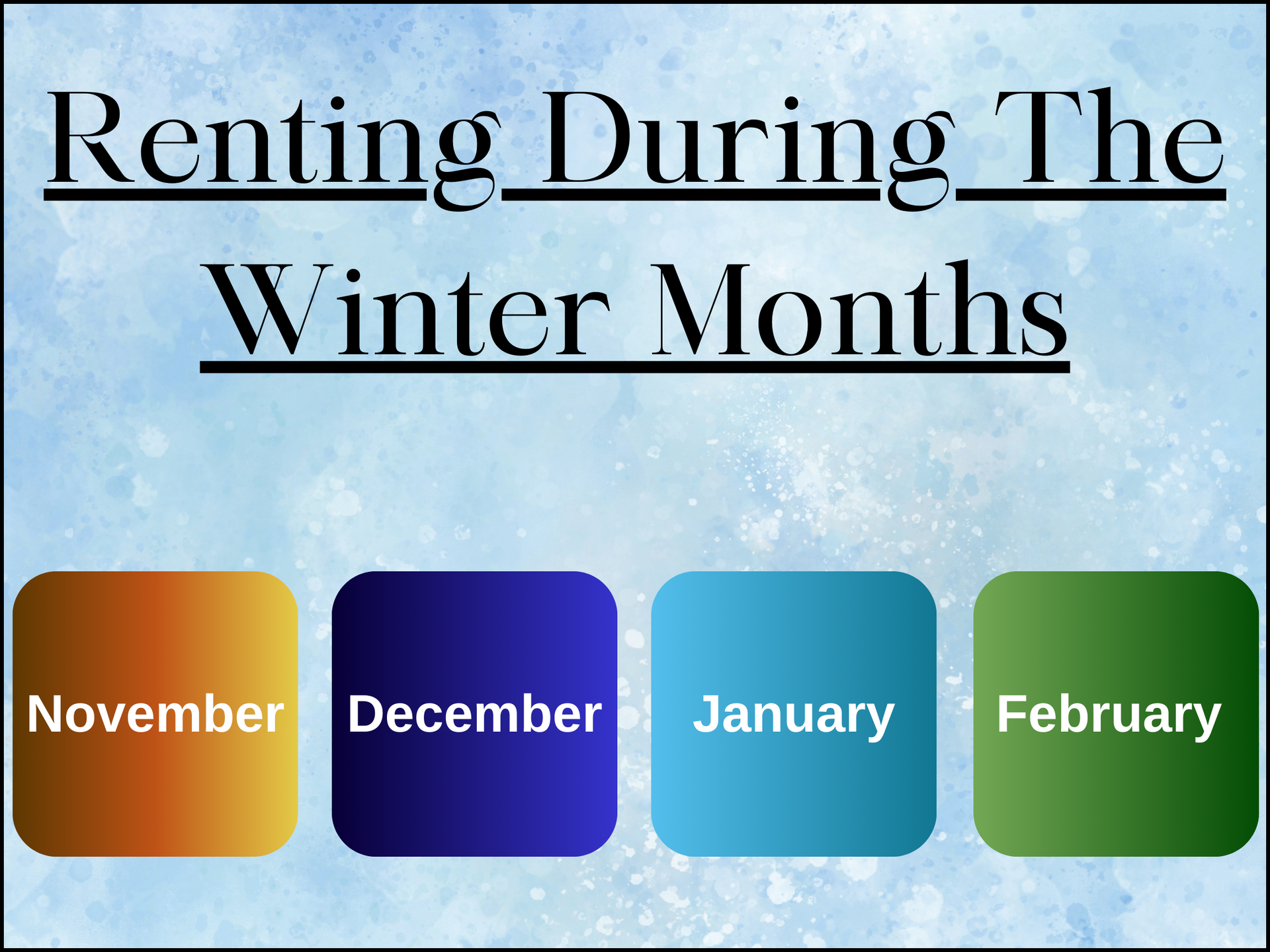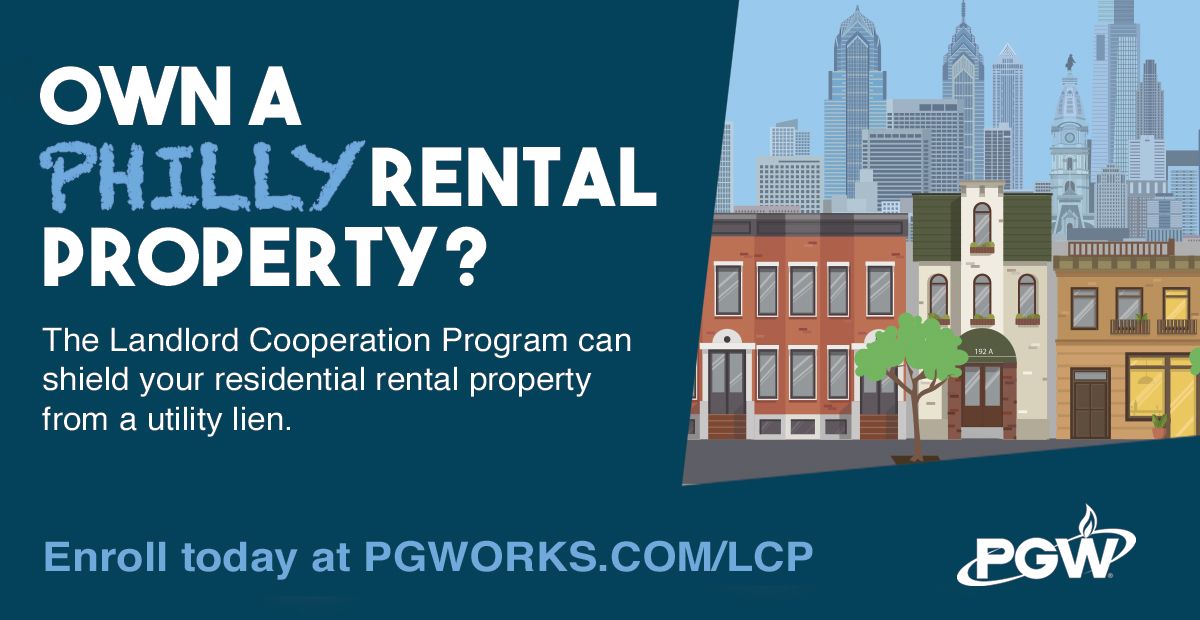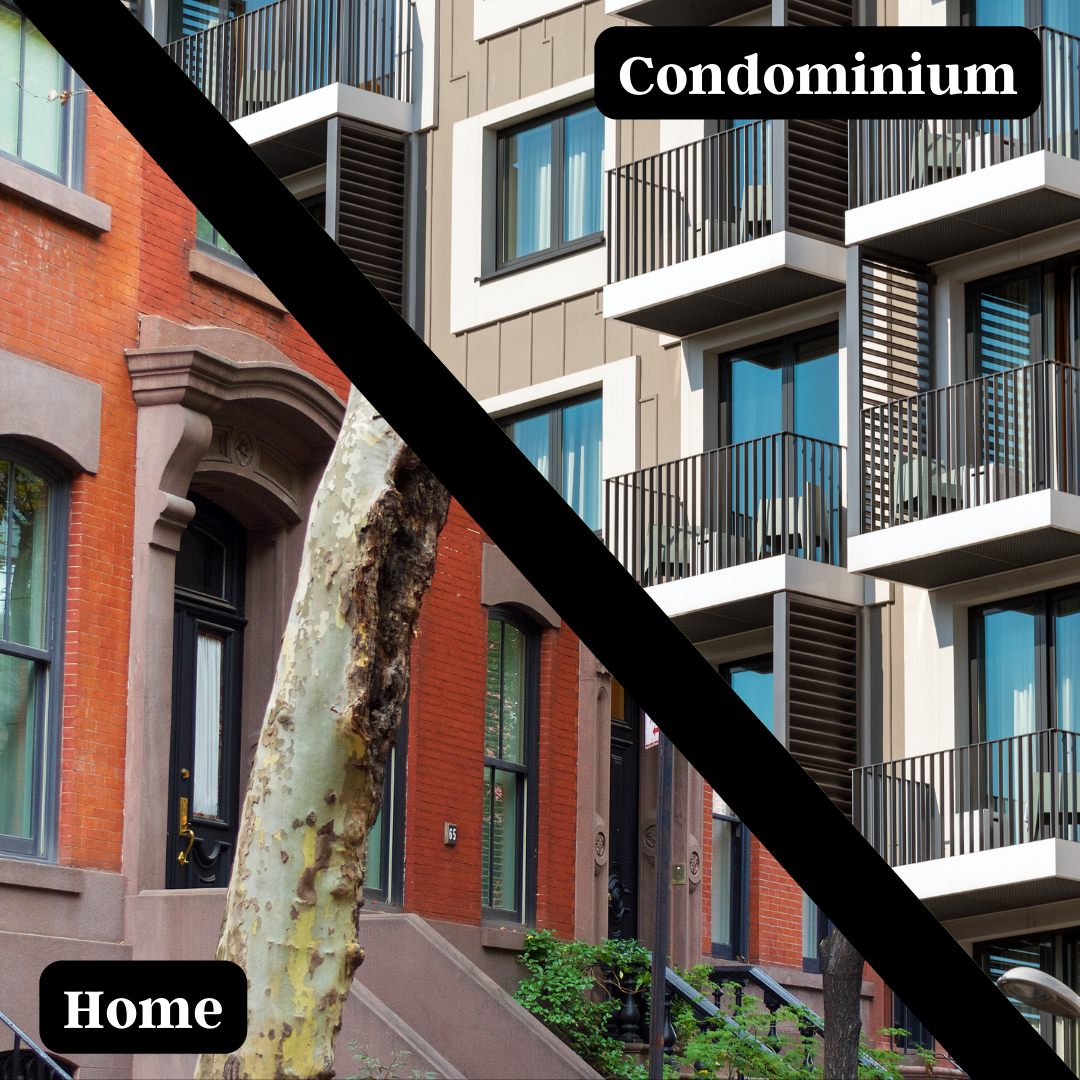Refinancing Your Property
Is refinancing your property the right move for you?
Refinancing the mortgage on your house means you’re essentially trading in your current mortgage for a newer one – often with a new principal and a different interest rate. People choose to refinance their homes for different reasons, in this article we will list some of those reasons as well as our recommendations for choosing a specific path. Additionally we will explain the process once you do decide to refinance.
Lower Your Interest Rate
Probably the most common reason people refinance is to lower their interest rates as interest rates get better. Always keep an eye out on interest rates and how they are trending to ensure you get the most out of this option!
Changing a Loan Term
This involves refinancing from a longer term (typically 30 years) to a shorter term (typically 15 years) or vice versa (15 years to 30 years). Going from a higher term to a lower term loan usually results in a better interest rate as well as paying lest interest over the entire term. People going from a lower term to a higher term are usually keen on lowering the monthly payment despite the overall interest being significantly more.
Changing the Type of Loan
This option could be done for multiple reasons such as going from a fixed rate to an adjustable rate or by going from an FHA loan to a conventional loan. If you are refinancing for this reason make sure the type of loan you are opting towards is the right fit for you!
Cash Out
This is the most popular among investors as it helps you lower the interest rates on your home as well as using the difference (what your loan was worth to the new loan type) to either invest back into your home (improvements & repairs), use the cash to invest into other properties, or even just pocket the cash for yourself!
Refinancing Process
Step 1: Is to choose your lender, do this by shopping around and seeing who offers you the best rate or you can always use your preferred lender. Once you choose the lender ask them about what paperwork they want in order to go through with your application. These documents usually require your financial status such as paystubs, W-2s, bank statements, and other forms of income.
Step 2: If you find a rate you like make sure to remember to lock it in, if you opt to float your rate you could run the risk of getting a higher rate, however, if things go well you could possibly get rewarded with a lower rate.
Step 3: Once your lender receives your application they begin the underwriting process and order for your home to be appraised to determine its value to the lender.
Step 4: Closing your loan could entitle some final closing costs or even some money that is owed to you so be aware of everything to make sure everything goes by smoothly.
If you have any questions feel free to contact us so we can either answer them or refer you to one of our trusted resources to ensure you are getting the most out of your investment!











